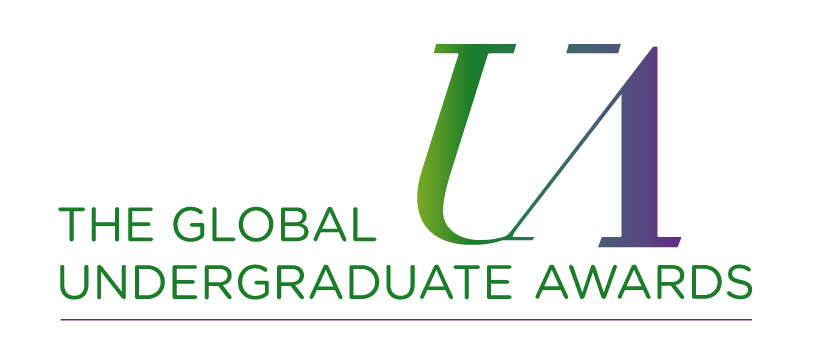Document Type
Article
Publication Date
2020
Abstract
The 1994 Rwandan Genocide against the Tutsi, contrary to common perceptions, is one of the most methodological and efficient genocides in human history. The widespread use of violence, both physical and sexual, was central to the realisation of genocide ideology. This violence has a current estimate of around 1,070,000 killed, and an estimated 250,000 to 500,000 who experienced sexual violence during a period only spanning three months.1 The genocide produced the first conviction of rape used as a weapon of genocide with the conviction of Jean-Paul Akayesu. The Rwandan Genocide had revealed the impact where gender, particularly masculinity, has within genocide and conflict. It has led me to wonder how exactly genocide impacts conventions of men, particularly masculinity and its power dynamics. Men are largely reported to be the main targets of genocide and the main perpetrators.2 Contextually, Rwanda in 1994 was very traditional in its conceptions of masculinity, with traits such as being a “warrior” and a “provider” as focal points to masculine identity. My research begs the following questions: what are Rwandan concepts of masculinity? How was it used as a tool to inform genocidal activity both physical and sexual? How could it be used to dehumanize or target victims? Relatedly, what is the place masculinity has in a post-genocide society and reconciliation? Respectfully, my argument is twofold: firstly, I argue that while masculinity is not central to genocide ideology, it played a present but silent role in influencing men to commit genocidal acts and; secondly, masculinity has a role in the post-genocide healing process, trauma, and function of the family unit.



